

When everything seems important, even seasoned leaders can feel like air traffic controllers in a storm. The stakes are higher now: fewer people, more work, tighter cycles. Teams need throughput, not theatrics. The good news? A small set of evidence-based habits consistently separates top performers from the rest. Below you’ll find six techniques—rooted in peer-reviewed research and field experiments—that help you cut noise, protect focus, and make better trade-offs under pressure. Along the way, we’ll draw on findings from organizational psychology, such as attention residue and decision-fatigue effects in high-stakes settings, to ground the advice.
1) Prioritize by value, not volume
When priorities collide, default to what matters most. People routinely neglect opportunity costs, choosing an option without accounting for what it displaces, a bias confirmed in a 2025 meta-analysis across experiments (Cambridge University Press analysis of opportunity cost neglect). Pair that with a robust tendency to stick with losing options because of prior investment, documented in a meta-analysis of the sunk-cost effect (Springer review of 98 effect sizes).
Try this today: For any item you accept this week, name the higher-value thing it will replace and state why the swap is still worth it. Kill or defer at least one item daily using this lens.
2) Limit work in progress to finish faster
Top performers don’t juggle more—they finish more. Context switching slows flow and spikes stress; field research on knowledge workers shows interruptions carry real reorientation costs (UCI study on interrupted work). Practically, the simplest countermeasure is WIP limits: cap the number of items you or your team can actively work on at once. DevOps research links explicit WIP limits—combined with visible work—to better software delivery performance (DORA capability: work in process limits).
Try this today: Set a personal WIP limit of 2 for “in progress.” Don’t start a third task until one of the two is done or deliberately paused with a next step logged.
3) Time-block deep work and batch real-time
Switching tasks leaves a cognitive “echo.” In lab studies, unfinished or rushed transitions create attention residue that damages performance on the next task (Organizational Behavior and Human Decision Processes article on attention residue). Protect high-impact work with calendar blocks, then batch meetings, DMs, and quick decisions in clusters to minimize residues.
Try this today: Create two 60–90 minute meeting-free blocks for deep work. Add one 30-minute communications block after each to clear messages in bulk. Add both to your calendar and mark them “focus” so others can see the boundary.
4) Plan weekly, then re-plan daily
Planning is not paperwork—it’s performance. A recent field experiment on weekly planning found benefits on unfinished tasks, rumination, and cognitive flexibility—key drivers of sustained throughput (Europe PMC summary of Journal of Occupational & Organizational Psychology trial). At the day level, research distinguishes time-management planning (what, when, how) from prioritization planning; the former boosts engagement but loses power when interruptions spike, which argues for short daily resets (UCLA Anderson paper on daily planning effects).
Try this today: Friday 20-minute “route” for next week (big rocks, meetings, constraints). Each morning, re-plan in 5 minutes: confirm today’s top 3, block them, and pre-decide what you’ll drop if something urgent hits.
5) Pre-commit with if-then rules and timeboxes
High performers reduce friction by deciding in advance. A comprehensive meta-analysis shows implementation intentions—simple if-then plans—reliably increase goal attainment across domains (Gollwitzer & Sheeran meta-analysis). Combine them with timeboxing to put walls around tasks that tend to sprawl. Pre-commitment also makes it easier to say no without revisiting the decision.
Try this today: Write three rules: “If a request lacks a deadline and ROI, then it goes to next week’s review.” “If a meeting has no agenda, then I propose async.” “If a task exceeds its 45-minute box, then I ship v1 or schedule a v2.”
6) Schedule tough calls when your brain is fresh
Our cognitive resources aren’t constant. In a well-known natural experiment, judges were more likely to grant parole earlier in sessions and right after breaks, consistent with decision fatigue shifting choices toward the default (PNAS paper on extraneous factors in judicial decisions). Translate that to your calendar: put complex trade-offs and high-stakes reviews when you’ve got energy—usually mornings or right after a break—and avoid stacking them back-to-back.
Try this today: Move one hard decision to your first fresh hour tomorrow. Pair it with a short walk or snack break beforehand, and keep a clear, written decision rule to prevent drift.
Busy weeks won’t stop coming, but chaos isn’t a given. If you apply these six techniques—value-based triage, WIP limits, deep-work blocking, weekly/daily planning, if-then pre-commitments, and energy-aligned decisions—you’ll cut context switching, make cleaner trade-offs, and create breathing room for the work that actually moves the needle. Start with one: set a WIP limit of 2 and add two deep-work blocks to your calendar. Momentum follows.
Featured image: Photo by Jakub Zerdzicki: Pexels
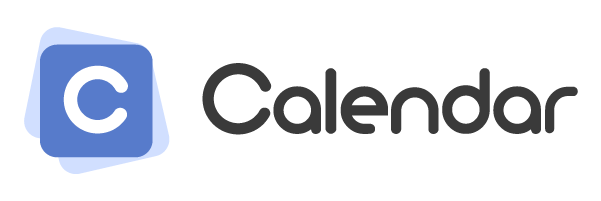

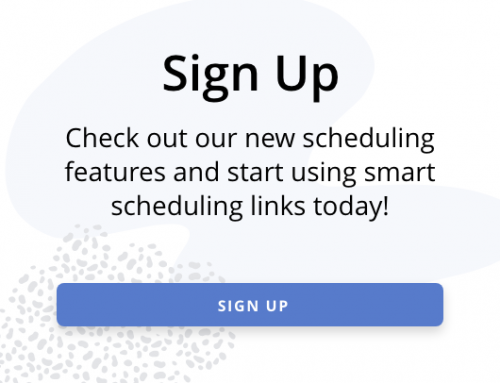



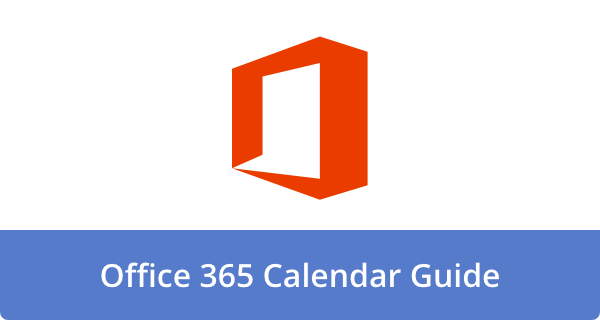
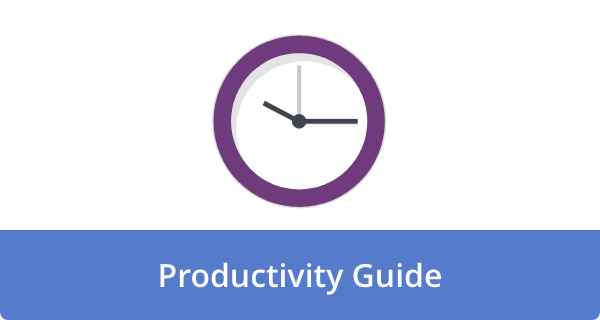

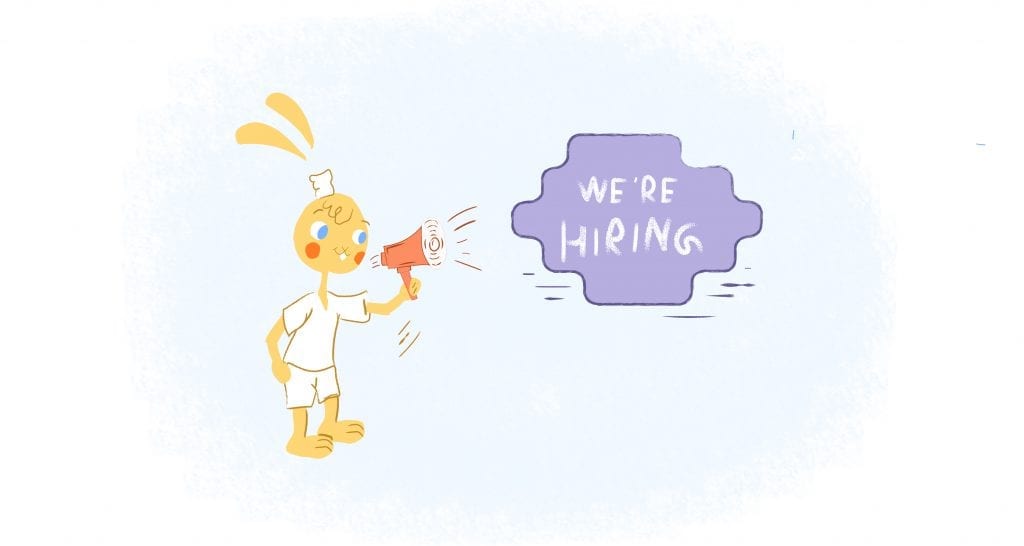
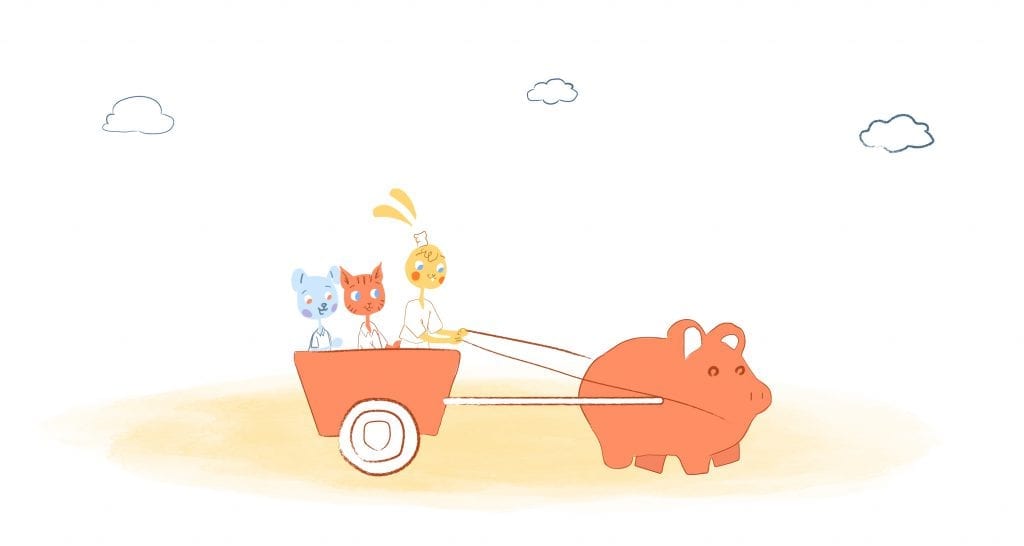
Aaron Heienickle